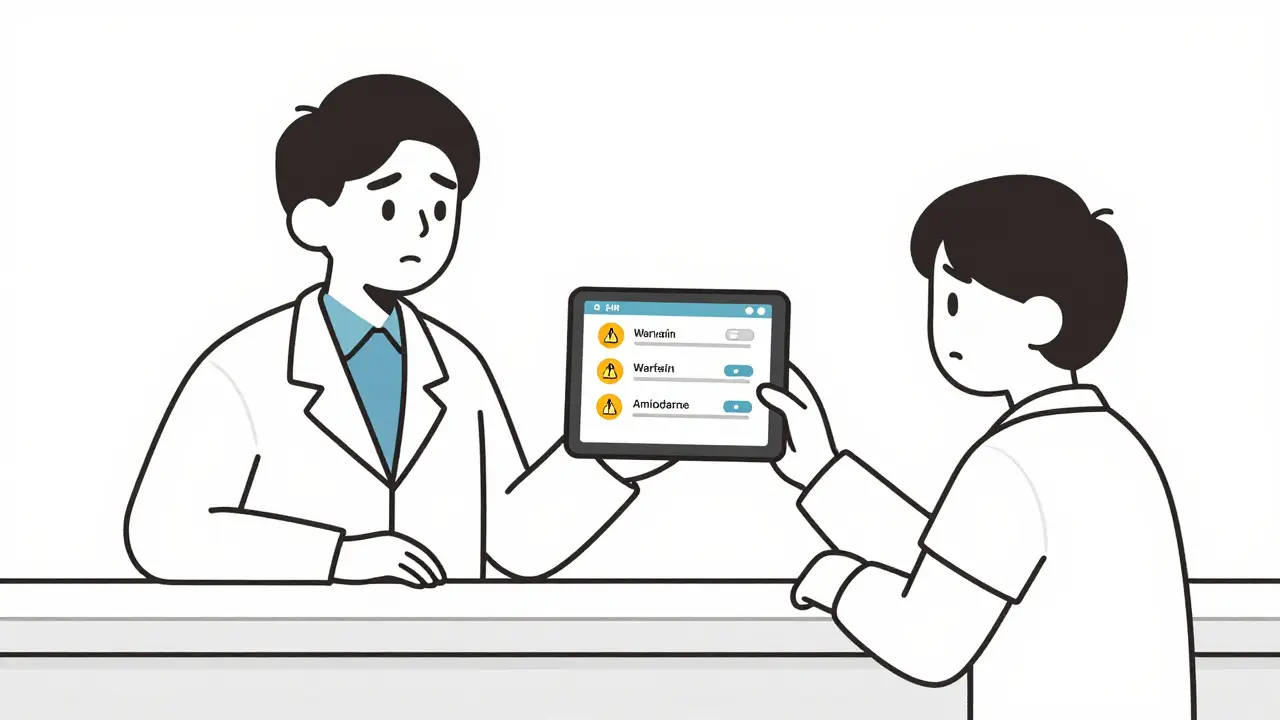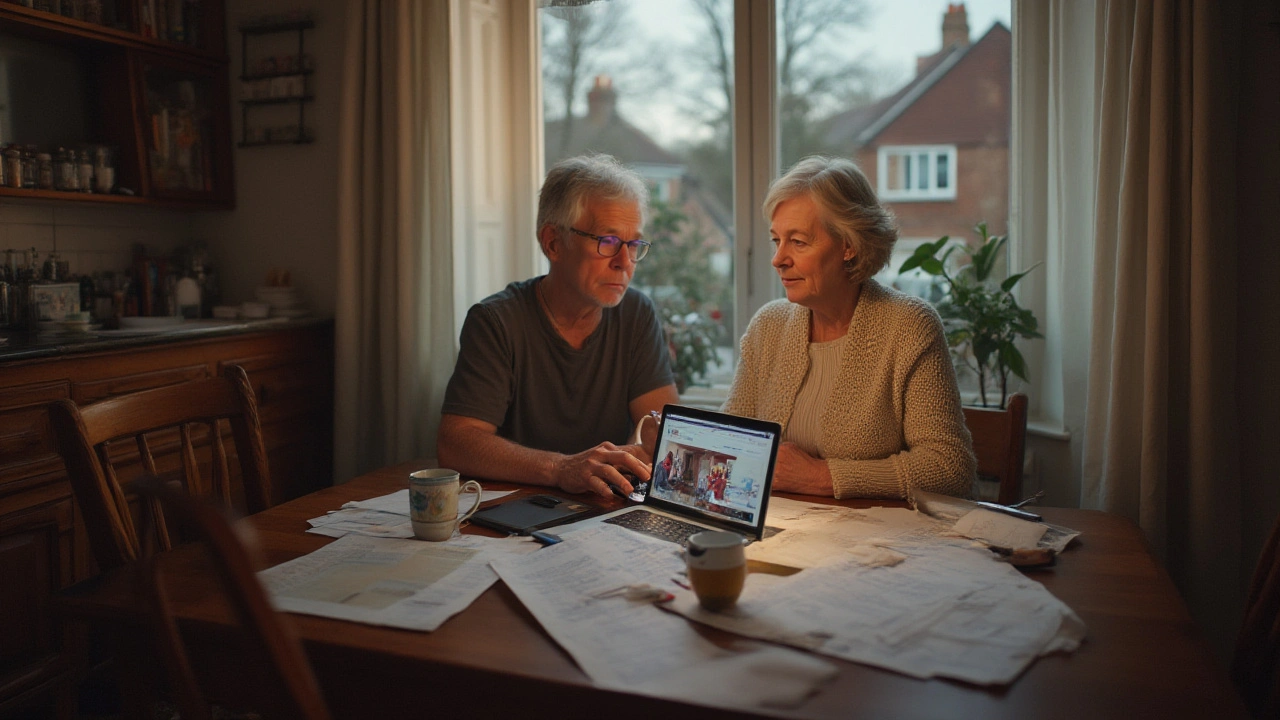Medication Safety: Practical Tips to Take Your Meds Right
Taking medicine sounds simple, but small mistakes can cause big problems. Want easy, useful steps you can use today to reduce risk? Read on — no medical jargon, just clear actions you can follow.
Before you start a new medicine
Ask three quick questions: What is this for? How and when do I take it? What are the main side effects to watch for? If any answer is fuzzy, ask your prescriber or pharmacist. Tell them about all medicines you already take — prescription, OTC, vitamins and herbal supplements. For example, grapefruit can raise levels of some statins and calcium-channel blockers. And nitrates (for chest pain) should never be mixed with ED drugs like sildenafil. Those are the kinds of interactions you want to avoid.
Write everything down or keep one updated medication list on your phone. Include doses, time of day, and who prescribed each drug. That list is gold at emergency visits or when you see a new doctor.
Daily habits that cut risk
Stick to a schedule. Use a pillbox, phone alarms, or a blister pack from the pharmacy. Missing a dose matters for some meds (like blood pressure or seizure drugs) and less for others. If you miss a dose, check the label or call your provider instead of guessing.
Know how to store your medicines. Most pills are fine at room temperature away from heat and humidity. But insulin, some biologics, and certain eye drops need refrigeration. Heat can break down active ingredients and make a drug less effective.
Don’t double up. If you’re unsure whether you took a dose, don’t automatically take two the next time. That can lead to overdose. Check with a pharmacist if you’re confused.
Be careful with older adults and kids. Doses often differ by age and weight. Never split a pill unless the tablet is scored and your provider says it’s okay. For children, use dosing syringes or droppers designed for the medicine — kitchen teaspoons are unreliable.
Watch for side effects early. New dizziness, a rash, sudden bleeding, or severe stomach pain should be reported right away. Document when a symptom started and which medicine changed recently — that helps your clinician find the cause faster.
Dispose of unused or expired meds properly. Many communities have take-back events or drop-off locations. Don’t flush medicines unless the label specifically says to. Safe disposal prevents accidental poisonings and misuse.
One pharmacy is better than many. Filling medicines at the same place helps pharmacists spot dangerous interactions and dosing errors. If you use multiple pharmacies or online shops, keep careful records.
Finally, speak up. If a medication seems wrong — wrong pill color, different instructions, or a price that surprises you — ask. Pharmacists expect questions and catching errors early keeps you safe.
Small actions—asking the right questions, keeping a single med list, using alarms, and talking to your pharmacist—make medication use much safer. You don’t need to be an expert; being organized and curious goes a long way.
- Colin Hurd
- Dec, 22 2025
- 10 Comments
EHR Integration for Pharmacies: How Digital Communication Improves Prescription Safety and Care
EHR integration connects pharmacies and providers to improve prescription safety, reduce errors, and cut hospitalizations. Learn how it works, who benefits, and why adoption is still limited despite proven results.
- Colin Hurd
- Jul, 28 2025
- 20 Comments
Your Guide to Using candrugstore.com: Safe and Smart Online Pharmacy Shopping
Explore how candrugstore.com works, learn how to order medications online safely, and get tips on saving money while protecting your health. Stay informed and shop smart.


